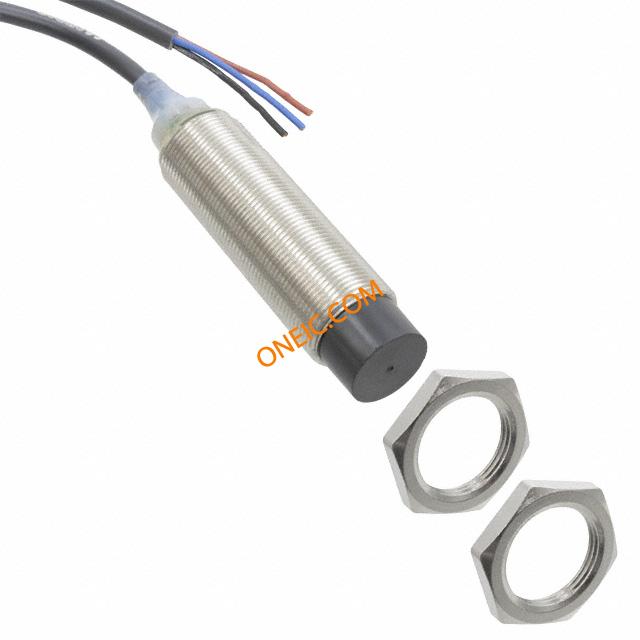E2A-M18LN16-WP-B1
M18 unshielded PNP proximity sensors with 16mm detection range
Manufacturer: omron
series introduction
# Introduction to the E2A - M18LN16 - WP - B1 Product Series
## 1. Overview
The E2A - M18LN16 - WP - B1 product series represents a cutting - edge range of sensors designed to meet the diverse and demanding requirements of modern industrial applications. These sensors are engineered with precision and advanced technology to provide reliable and accurate detection capabilities in a variety of environments.
## 2. Physical Characteristics
### Size and Design
The sensors in this series feature an M18 cylindrical housing, which is a standard and widely recognized form factor in the industrial sensor market. This compact design allows for easy installation in tight spaces, making them suitable for a wide range of machinery and equipment. The overall dimensions are carefully optimized to ensure compatibility with existing systems and to minimize the footprint within the installation area.
### Build Quality
Constructed with high - quality materials, the E2A - M18LN16 - WP - B1 sensors are built to withstand harsh industrial conditions. The housing is resistant to mechanical shocks, vibrations, and impacts, ensuring long - term durability. Additionally, the sensors are designed to be protected against dust and water ingress, with an appropriate IP rating (such as IP67), which means they can operate reliably in wet and dirty environments.
## 3. Technical Specifications
### Detection Principle
These sensors utilize advanced inductive sensing technology. Inductive sensors work by generating an electromagnetic field around the sensing face. When a metallic object enters this field, it causes a change in the field's characteristics, which is detected by the sensor. This non - contact detection method offers several advantages, including high reliability, long service life, and immunity to wear and tear compared to contact - based sensors.
### Sensing Distance
The E2A - M18LN16 - WP - B1 series is capable of detecting metallic objects at a sensing distance of up to 16mm. This relatively long sensing distance allows for greater flexibility in installation and can accommodate objects that may not be precisely positioned in front of the sensor.
### Output Type
The sensors are equipped with a specific output type, which in this case is likely a switching output. This output can be used to control other devices in the industrial system, such as relays, solenoids, or programmable logic controllers (PLCs). The switching output provides a clear and reliable signal indicating the presence or absence of a detected object.
### Operating Voltage
They are designed to operate within a specified voltage range, typically a common industrial voltage such as 10 - 30V DC. This wide operating voltage range makes the sensors compatible with a variety of power supplies commonly found in industrial settings, reducing the need for additional power conversion equipment.
### Response Time
The sensors offer a fast response time, which is crucial in applications where high - speed detection is required. A short response time ensures that the sensor can quickly detect changes in the presence of objects and provide an immediate output signal, enabling real - time control of the industrial process.
## 4. Application Areas
### Manufacturing
In manufacturing plants, the E2A - M18LN16 - WP - B1 sensors can be used for various purposes. For example, they can be installed on conveyor belts to detect the presence of products, ensuring proper sorting and routing. They can also be used in automated assembly lines to monitor the position of components during the assembly process, ensuring accurate and efficient production.
### Packaging
In the packaging industry, these sensors can be employed to detect the presence of packages on a packaging line. They can trigger the operation of labeling machines, filling equipment, or sealing devices, ensuring that each package is properly processed.
### Automotive
In the automotive manufacturing process, the sensors can be used for quality control and positioning tasks. They can detect the presence of parts during assembly, such as engine components or
Images for reference

E2A-M18LN16-WP-B1 2M

Image Preview